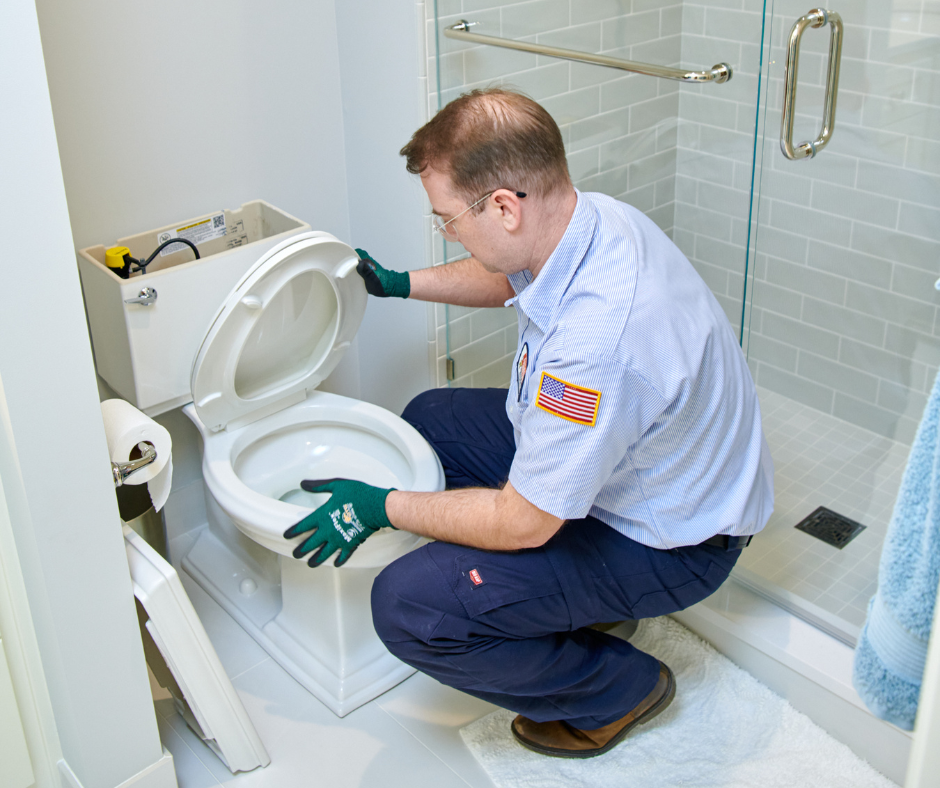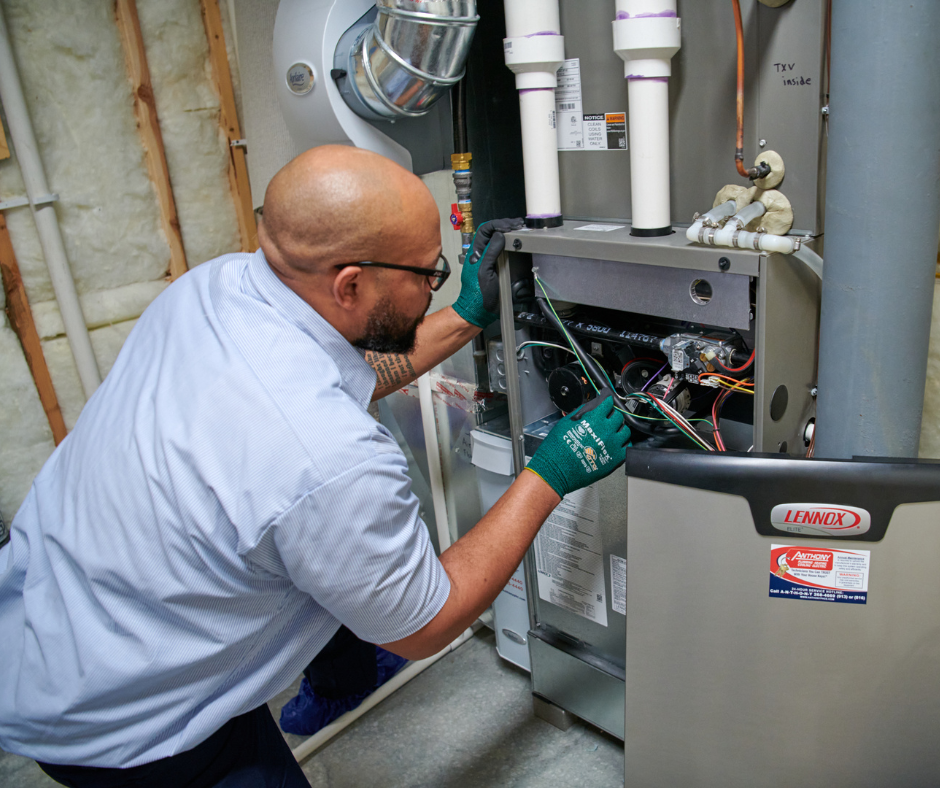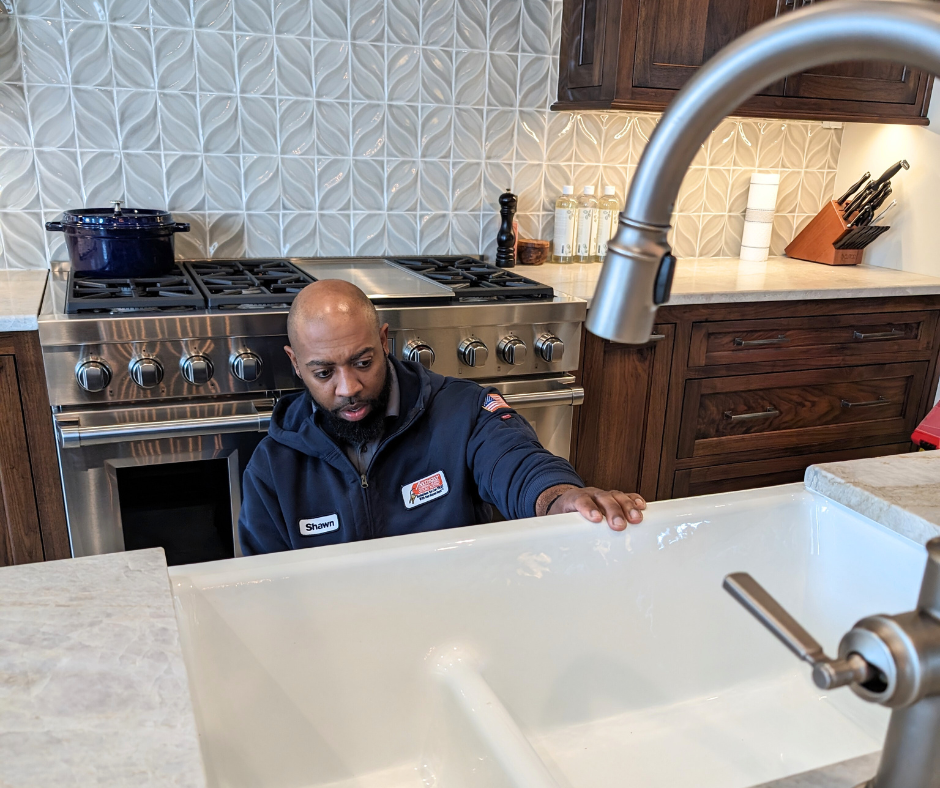BLOG
Kansas City Drain Cleaning Basics

Drain Cleaning Basics
Think about how much time you spend sweeping your floors, dusting the mantle, wiping down the countertop. Now think about how much more nastiness goes into your drains. Don’t they deserve the same love?
We offer state of the art draining equipment (with video cameras!) to ensure we get out all the gunk. We work with kitchen drains, main sewer lines, shower/bathtub drains, toilet drains, floor drains, and bathroom/sink drains. If you’re looking for a Kansas City drain cleaning service, you’ve come to the right place! This guide will give a breakdown of the different types of drains, tools needed for drain maintenance, and ways you can prevent drain blockage. We’ll also give you some signs to look for, so you can tell if your drain is in need of cleaning or de-clogging.
Types of Drains
Kitchen drains-are most susceptible to blockage from grease, soap and food waste. Main sewer lines connect to a city sewer line or septic tank. Water-seeking roots can clog main sewer lines, so we go in and cut away all the roots to ensure your drain doesn’t become re-clogged after we’re finished. By cleaning your sewer and drain regularly, you ensure it doesn’t become clogged in the first place. If you notice that your shower/bathroom drain isn’t immediately sucking up the water in your tub, soap or hair may be to blame. With toilet drains, a clog may develop when you attempt to flush facial tissue, baby wipes, or other non-disintegrating products down the toilet. We use a special plumbing tool to hug the inside of the pipe wall and clear out the mess. Floor drains in basements, laundry rooms, garages, patios, driveways, etc. might have a drain to carry away water and prevent flooding. The trap inside prevents odors and sewer gas from escaping, but drains should still be regularly cleaned. For bathroom sink drains, slow draining might be due to toothpaste, soap, hair or grime. If you want to know the exact cause of your blockage, ask a Kansas City drain cleaning expert.
Essential Tools
Plungers, which run anywhere from $5-$10, are the bread and butter of plumbing. If you need to dislodge clogs further down the pipe, a cable auger or plumber’s snake is going to be your best bet. These are long, flexible steel cables that are wound around a spool and fitted with a hand crank. A cable auger is available up to 100 ft., but 25ft. is adequate for any home clog. A closet auger allows you to snake out toilets and is equipped with a hand crank. What makes it unique is that the cable is encased in a rigid shaft instead of a spool. The auger is also bent at a specific angle to make it easy for it to slide through the tight curves of a toilet trap. If worse comes to worst and your you still can’t unclog your toilet with these tools, you can rent out an electric power auger for $15-$30/day.
Floor drains (pictured below) carry wastewater from central air conditioners, washing machines, water heaters and snow-covered cars. Since they collect a lot of soap scum, laundry lint, sand and slimy bacteria, these things can crystallize in a long drainpipe. To penetrate these blockages, an electric power auger will probably be needed with at least 50 feet of cable.
If you need us to come out and clear out your floor drain, we’ll begin by removing the strainer that covers the drain hole. Once we find the clean-out plug on the side of the drain basin, we’ll remove it with a wrench. We’ll be able to bypass the trap and feed the cable directly down the pipe. We may have to snake the cable through the trap if the drain doesn’t have this plug. Once we plug in the power auger and position it near the drain, we’ll feed the cable down the drainpipe and set the motor for clockwise rotation. We’ll step on the switch, and the cable will start turning. Then, we’ll push the cable into the pipe until we notice some resistance or heat. Upon resistance, we’ll stop the motor and reverse the rotation. Once we’ve backed out a few feet of cable, we’ll switch back to clockwise rotation and slide more of the cable down the pipe. We’ll repeat this procedure until your clog has been eliminated! To finish things off, we’ll retrieve the cable and flush out the drainpipe with hot water. We’ll be sure to replace the clean-out plug afterward.
Signs of Blockage
Besides the obvious issues draining, you can also detect a clog by overflowing toilets, water backing up in drains, or an unpleasant smell. If water is coming up from a pipe outside the home, this is also an indication of a blockage. Most homes have cleanouts (pictured below) on the exterior of their homes, which serve as an access point to the main drain line. Cleanouts are necessary for if you have a stoppage—you can easily unscrew the cap on the cleanout to ensure the waste discharges outside your home. Another great perk is that you can easily clean the line. You can clean from the outside of your home rather than picking a toilet up and snaking it that way. When water is escaping from the cleanout, there may be a main line stoppage or your septic tank may be full.
If water is coming up in the home, that’s another sign of drainage problems. You’ll notice this when you flush your toilet and the water rises in your bath or shower. More often than not, this is due to an obstruction in the bathroom drainage branch. When the water has nowhere to go, it’ll funnel into an open drain. This will most likely be the shower, because it is the lowest fixture. Normally, the toilet just needs to be pulled and snaked. This is an instance where a camera might be used by a Kansas City drain cleaning professional.
How Drains Work
Unlike supply systems, drainage systems aren’t reliant on pressure. Waste moves via pipes that pitch/angle downward. Gravity does all the work for you, saving on energy. When you’re installing a pipe, you should make sure it has a drop of ¼ inch per foot to get the proper pitch. The sewer line flows into a sewage treatment facility or a septic tank. For this process to work, vents, traps and clean outs are needed
Vents pop up from the roof of the house and allow air to enter the drainpipes, making it possible for wastewater to flow out properly and the water in the traps to leave. They’re held by roof flashing, which is made from heavy grade rubber, lead or sheet metal.
Traps are located under your sink and are identified by their curved or S-shape. When water flows from the basin, it has the force to go through the trap and out though the drainpipe. However, enough water sticks around in the trap that it creates a seal to stop sewer gas from escaping into your home.
Your kitchen sink might also have a grease trap that collects any grease that may cause clogging. These typically have clean-out plugs for easy removal or breakup of blockage. Though you may be able to see them most easily under your sink, they’re also on toilets. Toilets are self-trapped though, so they don’t need a trap at the drain. This whole system is often referred to as DWV: drain-waste-vent. For Kansas City drain cleaning, we have to have a thorough knowledge of all these parts and what their function is.
Prevent Blockages
Blockages in your garbage disposal are fairly common, so it’s important to know how you can keep your drains clean and working properly. For one, you should run large amounts of cold water whenever the disposal is running—start the faucet before the food hits the drain. You should also limit the size of the food scraps you’re sending down the garbage disposal. To avoid blockages ad unpleasant odors, don’t put these items down the drain:
- Bags (paper or cardboard)
- Paints, nail polish, and nail polish remover
- Acidic or caustic substances
- Prescription and over-the-counter medication
- Fats, oils and grease
- Coffee grinds
- Egg shells
- Produce stickers
- Disposable diapers
- Feminine hygiene products
- Paper towels
- Flushable cat litter
Contact Us
If you’re looking for Kansas City drain cleaning, you’ve come to the right place. Contact us, so we can send a certified expert to take care of the problem. Our plumbing services include a variety of fixes, such as faucet repair, garbage disposals and sump pumps. Check out our tips to avoid costly plumbing repairs so you don’t have to deal with fixes in the first place.




